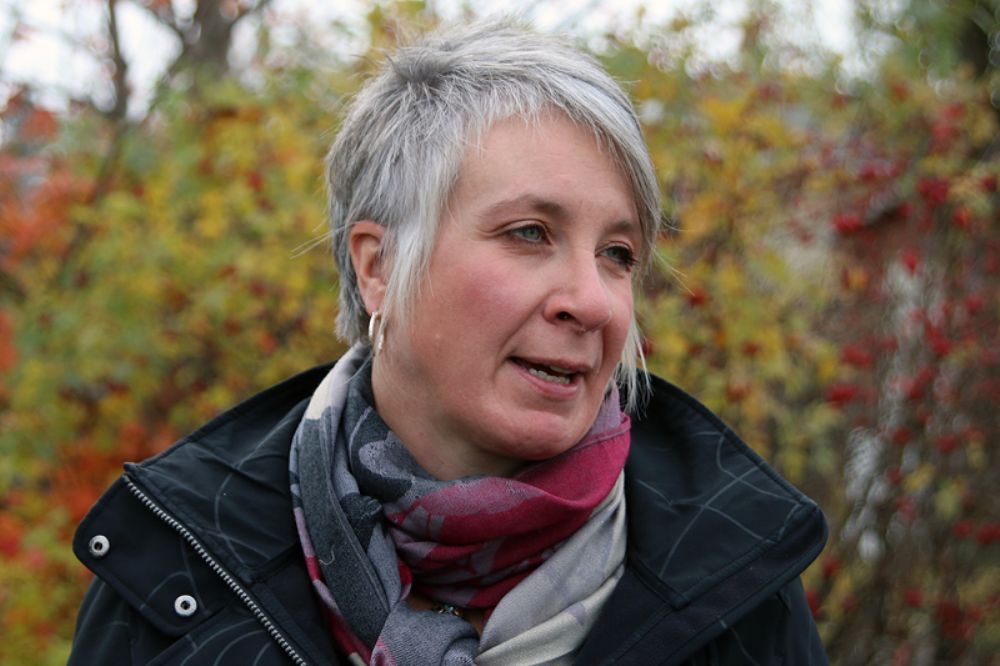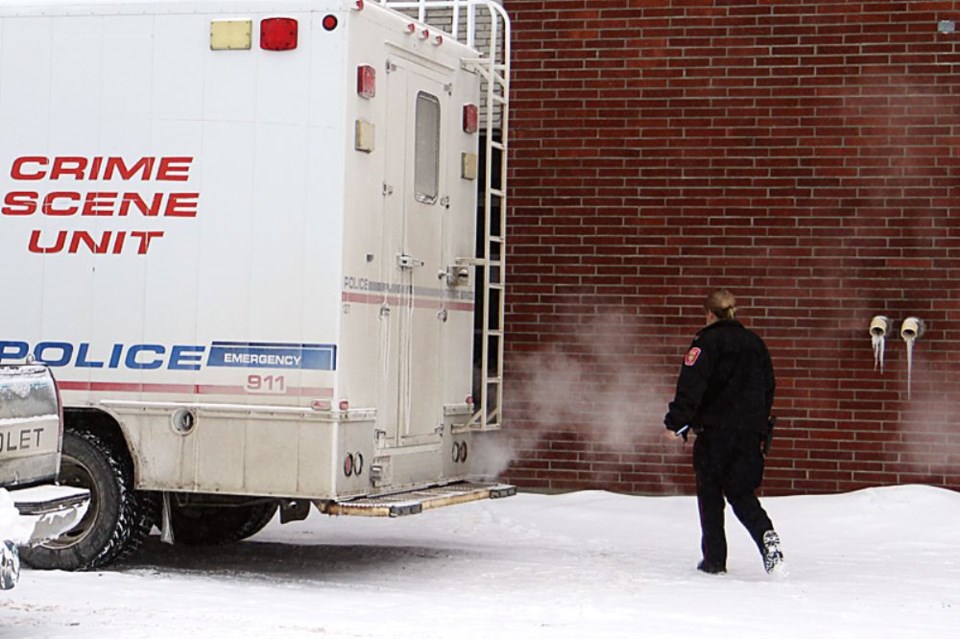THUNDER BAY – The city continues to be battered by one of the highest domestic violence rates in Canada, but the problem likely goes well beyond the statistics.
In 2014, Thunder Bay Police Service officers responded to a total of 2,429 reported domestic violence incidents, the highest number of calls in 11 years. That led to officers laying a total of 1,150 charges against 651 people.
As well, numbers provided by the police force showed of the 651 people charged in a domestic violence related offence in 2014, 482 of them had a prior related charge on their record.
As severe as the data seems, it may only show a fraction of the real domestic violence problem in the city. Faye Peterson Transition House executive director Debbie Zweep says only about 10 per cent of the women she works with actually file incident reports.
“What you’re seeing is one piece of the puzzle. Many women that we work with do not have any interaction with the police,” Zweep said, adding that she believes the rate of severe incidents, like strangling, might be on the rise.
The Faye Peterson Transition House, which operates a 24-bed emergency shelter for women and children who need to escape a dangerous situation. Annually more than 200 families are housed in the shelter, with another 600 receiving outreach support.
Domestic violence is defined as the use of any physical or sexual force, actual or threatened, in an intimate relationship, including emotional or psychological abuse or harassing behaviour.
Criminal charges can include but are not limited to homicide, assault, sexual assault, threatening death or bodily harm, forcible confinement, harassment or stalking, abduction.
The problem of domestic violence is not a new one for the city.
Statistics Canada found in 2011 Thunder Bay had the highest rate of intimate partner violence of any Canadian metropolitan area, with 589 victims per 100,000 people. In that year there were 711 people charged with a total of 1,355 offences.
Zweep said the solution isn’t to lock up all offenders and throw away the key, especially if it’s a first offence. But in addition to ensuring there is sufficient community programming, there has to be a stronger deterrence for recidivism.
“When we look at how the criminal justice system holds people that offend accountable we have to look to those higher-risk cases, such as when there is repeat violence,” she said.
“I think what we need to do is look at repeat offenders and hold those repeat offenders at a different level of account.”
The issue of domestic violence is one close to the heart of new federal Minister of the Status of Women Patty Hajdu, who saw the devastating impacts it can have on families during her time as executive director of the Shelter House.
 Hajdu has reached out to provincial and territorial ministers to learn about different strategies being used across the country but already knows one approach that she believes doesn’t work.
Hajdu has reached out to provincial and territorial ministers to learn about different strategies being used across the country but already knows one approach that she believes doesn’t work.
“I think incarceration is never the answer. Most people don’t learn through simple incarceration. If you don’t address some of the underlying issues that are causing that behaviour, then you never get to a solution,” Hajdu said.
“I know there are pockets of supportive programming but I think we need more of that. We need more of that throughout the prison system but we also need more of that in the community so there is an opportunity for rehabilitation.”
In addition to the Faye Peterson Transition House, the Thunder Bay Catholic Family Development Centre, Thunder Bay Counselling Centre and Beendigen are also among other community organizations that offer support and services.
Over the past decade domestic violence has become an increasingly significant and time-consuming problem for city police with a doubling in reported incidents from 2004 compared to 2014, with an estimated 33 per cent of total police time spent investigating those calls.
In June 2013 the force started efforts to crack down on domestic violence by forming a specialized six-member unit. The unit, composed of five constables and a sergeant, is responsible for investigating incidents if the first responding uniform patrol officers determine there are reasonable grounds to lay a criminal charge.
The expertise the members of the unit possess is a significant advantage with the efficiency of the investigation, as well as quality of support for the victim.
Sgt. Jim Glena, who oversees the unit, said one key difference with a domestic assault compared to any other assault is how it is decided charges would be laid.
“For a domestic assault, when we believe there are reasonable grounds to lay a charge we lay the charge on behalf of the victim. A lot of the time the victim doesn’t want to lay charges but we do. We lay the charges because it’s for the safety of the victim,” Glena said.
Part of the reason for the increase of incidents locally can be attributed to how the police service has been categorizing the occurrences since 2007, making sure domestic calls are classified separately than other incidents.
Glena said a number of the incidents and charges include probation breaches and could be responsible for the rate of repeat offenders last year.
“Trying to convince the victims that what we’re doing is the right thing and to keep calling us if things happen is so important,” he said.
“It’s progress when we’re getting the breach calls because they’re being contacted by the accused when the accused is on conditions not to contact them or not to attend the house. We’re getting a lot of those or repeat calls from victims who have had enough.”
Even though Glena acknowledged the numbers are “through the roof,” he said it is also a sign of how the public perception of domestic violence has changed.
“Even in the 1980s when I started in policing it was the thing nobody wanted to talk about. Nobody wanted to talk about domestic violence,” he said.
“As the years went on things have changed and you can see it, it’s a positive step. Now, it’s no longer the dirty thing in the bedroom or household, it’s out there and people realize this is something people need help for and we should be talking about it, not ignoring it.”
